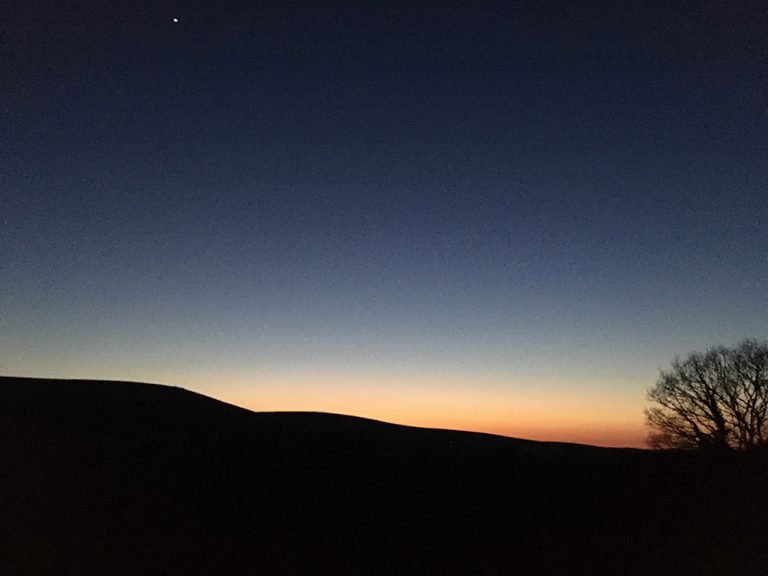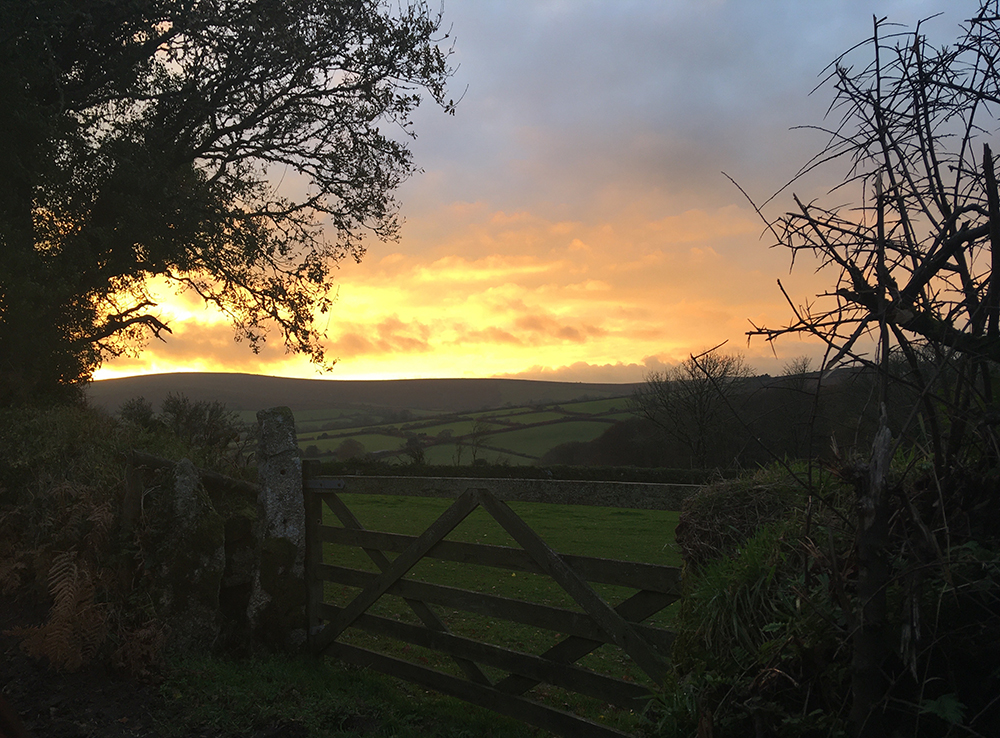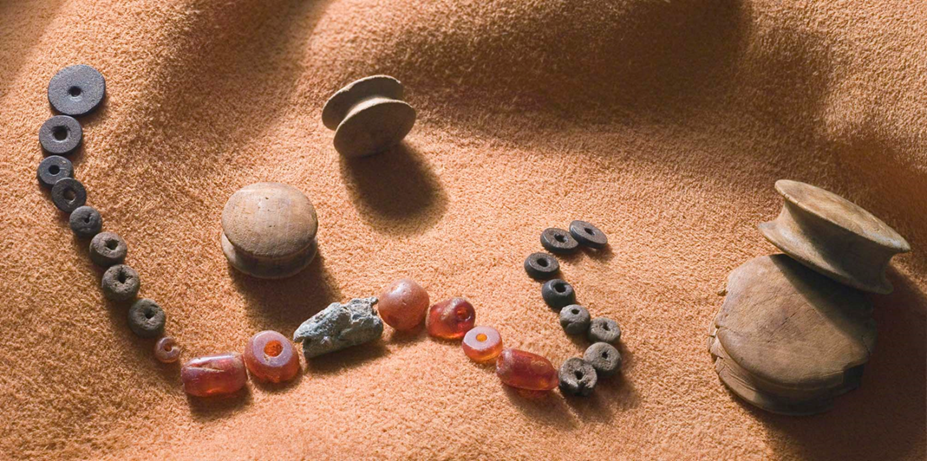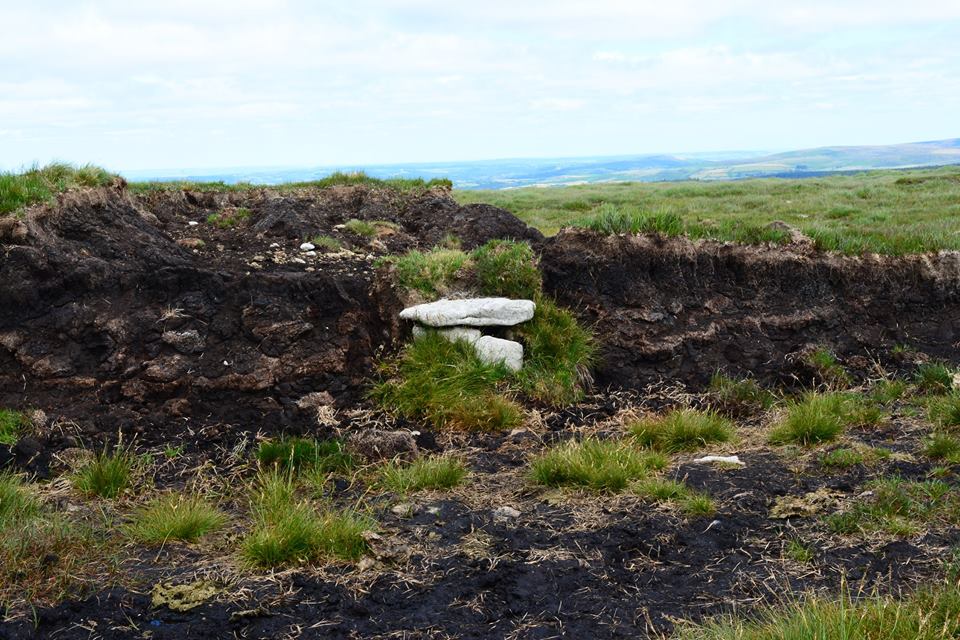MOOR VOICES (2019-2020)
‘Moor Voices’, supported by Arts Council England, culminated in outdoor performances on both Dartmoor and Exmoor of a play called Daughters of Sunset. This explored the possibility of matriarchal societies in the Bronze Age, suggested by the mythology associated with marine mammals, and the Aquatic Ape Hypothesis put forward by Alistair Hardy and Elaine Morgan, as well as drawing on Geoffrey of Monmouth’s purported history of Britain’s first king – Brutus of Troy.
The project involved community cast members, emerging artists and professional practitioners who helped to deliver the production alongside the MED Theatre team. Schools in the surrounding areas of Dartmoor and Exmoor were given the opportunity to take part in workshops inspired by the project and the final performance was live-streamed to allow audiences around the world to watch online.
‘Moor Voices’ was coordinated by Florrie Taylor who took the lead in the direction of the play, alongside Mark Beeson who wrote the script.

THE STORIES THAT INSPIRED MOOR VOICES

THE SUN, THE MOON AND THE STARS
Dartmoor and Exmoor constitute one of the most important prehistoric landscapes in Europe. It is thought that prehistoric monuments were built in relation to astronomical observations and in particular the sun. The most well-known example of this is Stonehenge, which appears to be aligned with the direction of sunrise at the summer solstice and sunset at the winter solstice.
Equally, some of our own prehistoric monuments here in Devon, on both Dartmoor and Exmoor, are located in positions that seem related to ancient astronomy. For example, the Drizzlecombe cairns with accompanied stone rows are placed in relation to the moon’s position over its 19 years cycle. This suggests that prehistoric people had an intimate knowledge of the sun and the moon and of their horizon, and that they lived in a stable society that could measure precisely shadows from stones in the rows connecting them to the next stone row in the winter solstice.
Archaeological discoveries and artefacts from further afield also suggest some connection to the sun, moon and stars. A great example of this is the Nebra Sky Disk, which was discovered in 1999 in Nebra, in Germany. The disk appears to show a depiction of the cosmos, including the sun, a crescent moon and what could be the stars. Interestingly, both the gold used in the details and the tin component of the bronze have been analysed and found to have Cornish origins.
In the narrative written by Mark Beeson, significant imagery was used to harness the connection Bronze Age communities had to astrology. This also influenced the movement that was explored by the cast, creating gestures and phrases that suggested a wider awareness of human beings place within the natural phenomenon of nature. The importance of the cycle of the moon and how it affected the mood of the characters within the narrative was intriguing to play with and experiment with states of tensions and connectedness.

WHO WERE THE GEAUNTES AND THE HESPERIDES?
In the exploratory myth-inspired world of Daughters of Sunset, Devon (or Dyffneint) has been inhabited from time out of mind by a people called the Geauntes. Their women owned the land, and property was passed from mother to daughter, but the men headed up village politics, went out fishing in the boats, and fought in the army if the country was attacked.
According to a myth, three beings (seals) came out of the sea and turned into three girls, the Hesperides, daughters of Ceto, sent by her to tend the garden provided as a wedding present by her own mother Gaia. In this garden grew a tree with the magical golden apples that brought the land prosperity.
When it became clear that the girls were tempted to pick the golden apples themselves, Ceto, prompted by Hera, sent her son Ladon, a sea-serpent or dragon, to guard the tree by wrapping himself around its trunk.
Unfortunately a man from the Mediterranean, Heracles, had been set a series of tasks or labours, one of which was to steal the golden apples from their orchard. He managed to do so by drugging and killing Ladon, while the three Hesperides looked helplessly on. From that moment of horror, the Hesperides decided with the support of Ceto that women should take outright charge in Devon. One of the Hesperides girls was called Erytheia, which translates as the red one, and that became the new name for Devon, specifically for the tribe descended from the Hesperides, the Erytheians.
Together the three founded a female dynasty with queens ruling over both Dartmoor and Exmoor. Aigle became the first queen of Erytheia, ruling over both Dartmoor and Exmoor and, at the request of the voice of Ceto that she had heard whispering in the trees, she made the decision to instigate the annual human sacrifice of a young man to appease the wrath of the goddess and to keep the men among the Geauntes in check.
The Hesperides and their immediate descendants had children with various male Geauntes and these children and their offspring stayed slightly apart from the rest of the Geauntes. From them, as well as the queens, sprang the first of the Priestesses. The Priestesses chose their successors from among the young women of the Erytheians. Sometimes it would be their own daughters, since the Priestesses often took lovers.
In return for supporting the queens and controlling the young men of the tribes, particularly among the Geauntes, a group of male priests were granted a significant amount of power by the Royal House of the Hesperides. The queens were slightly afraid of these priests, who in turn were afraid of offending Ceto and Sedna (the seal goddess also worshipped by the Erytheians) so respected the power of the queens. For a while it was always the first-born girl child who took over from the previous queen, but when Tamar knew she was dying she wanted to be fair to both of her two daughters and gave Dartmoor to Dart and Exmoor to Eske.
HOW DOES THIS DRAMA INTERPRET THE PAST AND WHAT DOES IT SUGGEST FOR THE PRESENT AND THE FUTURE?
In Daughters of Sunset the portrayal of growing tensions between the two queens and the priests enabled us to reflect on the components that exist within a society and indeed the complexities that occur when navigating developing ideas about religion, politics and power.
The clashes between Dart and Eske as sisters, as well as the turning of the communities of Dartmoor and Exmoor on each other, reflect the tensions that exist in a pre Brexit and current COVID-19 world. The question of leadership in times of chaos and who you turn to in crisis is most pertinent. By exploring cultures of the past, a mirror was indeed held up to our present and begs the question is progress always good?
BRUTUS AND THE WORSHIP OF GODDESSES
Geoffrey of Monmouth’s Historia Regum Britanniae – The History of the Kings of Britain, was written during the Medieval period. He submits that Brutus of Troy – a descent of Aeneas was the first settler in Britain. Claiming that Brutus’ first steps on Albion, took place in Totnes.
The narrative that emerged from the Moor Voices project used this myth of Brutus the Trojan and combined it with the Ancient Greek myth of the Golden Apples of the Hesperides, guarded by the dragon Ladon, offspring of Ceto the whale goddess.
‘Daughters of Sunset’ featured several other mythological female figures. These included Sedna, from Inuit mythology, Hera and the Hesperides from Greek mythology, and Selchies from Celtic folklore. The inclusion of these characters represented a further exploration into the possibility of a matriarchal society – if Dartmoor and Exmoor had been ruled by women then it is likely that the most prominent of the deities they worshipped would also have been female.
The play also takes inspiration from the somewhat controversial Aquatic Ape Hypothesis, proposed by Alistair Hardy and popularised by feminist writer Elaine Morgan. This theory puts forward the suggestion that for some time early humans were required to live on the shores of seas and lakes and that during this time it was women who drove our evolution as they stood in the deep waters, both to forage and to escape the predators on land. Some of our shared features with seals, such as lack of body hair, tear ducts and subcutaneous fat, as well as other qualities of the human body, are said to be a result of this period of time.
This possible relationship between women, the sea and marine mammals was highlighted in ‘Daughters of Sunset’ and asks bigs questions about the power of female rule and the connectedness of women to natural landscape around them. Brutus, on the other hand, brought with him the Mycenaean patriarchal religion whose figurehead is Zeus, god of the traveller and hospitality.
The clash of these two social belief systems encouraged participants and audiences to think about the concepts of matriarchy and patriarchy and how these function in our society today. The use of performance enabled us to explore the possibility of removing our Western lens of power and gendered control systems and begin to explore wider and more complex of societal functions in relation to religion, family and nature.

RELIGION AND WORSHIP
In Daughters of Sunset the Queens, Dart and Eske, are guided by a Priestess, a religious leader with a special understanding of women’s affinity to sea creatures. Her role is to help the community to do what is required of them to please the Goddesses they worship, and to atone for the wrongs done in the past – specifically the theft of the golden apples by Mycenean Heracles.
In reality, we have little evidence of whether the people of Bronze Age Devon worshipped any Gods or Goddesses, and with no written evidence from the time we can only speculate using archaeological records and discoveries.
The classicist and historian C.E. Stevens was the first to put forward the theory that there was a huge sacred forest in Devon stretching from north of Dartmoor up towards Exmoor – the ‘nematon’ (sacred grove) intimated by the reference to North Tawton as ‘nematostatio’ in the 6th century Ravenna Cosmography. The discovery of a prehistoric henge at Bow, near Crediton, has added archaeological support for this. According to C.J. Tours, the old name for the river Yeo – Ituna – can been interpreted as a form of ‘Idun’, possibly the same root as ‘Eden’, linking the biblical story of the Garden of Eden with the Garden of the Hesperides.
The discoveries from the cist at Whitehorse Hill, where it appears that to judge from the prominence of the site and the quality of the grave goods found with her, a young female of great importance was interred, support the possibility of a Bronze Age matriarchy.
Many people believe that, as well as having some relation to the sun and the moon, the Bronze Age monuments we see around us were likely to have been used for religious ceremonies. It has also been suggested that cairns, barrows and cists might have been located on high ground in order to position the dead closer to the Gods or their equivalent of the ‘heavens’.
The discovery of the burial at Whitehorse Hill is the starting point of a much wider exploration, encompassing women’s role in prehistory, concepts of gender expression and female representation throughout history.
Across the project we had conversations with school children across primary and secondary, as well as participants outside of formal higher education. The myriad of layered conversations across all ages, revealed that live archaeology – the combination of drama and history is the most organic and rich way to facilitate accessible and much needed conversations about women and men.
inspired by... Moor Voices: What inspired 'Daughters of Sunset'?


